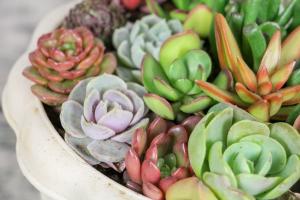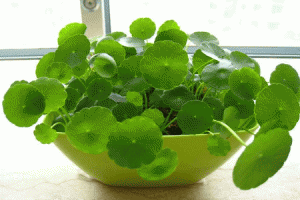How Many Roma Tomato Plants for Canning
Roma tomatoes, also known as plum tomatoes, are often preferred for canning due to their firm texture, low water content, and rich flavor. If you're considering growing Roma tomatoes for canning, you may be wondering how many plants to grow to meet your canning needs. The answer depends on several factors, including your canning goals, growing conditions, and harvest yield. Here are some guidelines to help you determine how many Roma tomato plants to grow for canning.
Canning Goals
The first step in determining how many Roma tomato plants to grow for canning is to define your canning goals. How much tomato sauce, paste, or canned tomatoes do you want to produce? Are you planning to can enough to last you all winter or just enough for a few months? Keep in mind that canning requires a significant amount of work and time, so it's important to set realistic goals that match your gardening and canning skills.
Growing Conditions
The second factor to consider is your growing conditions. Roma tomatoes require full sun, well-drained soil, and consistent moisture to thrive. They also need support, such as staking or caging, to keep their heavy fruit off the ground. If you have limited space, you may choose to grow Roma tomatoes in containers or raised beds. However, this may affect their yield and require extra care to maintain soil moisture and nutrients.
Harvest Yield
The third factor to consider is your anticipated harvest yield. The number of Roma tomato plants you need for canning depends on how much fruit each plant produces. The typical yield for a Roma tomato plant ranges from 10 to 20 pounds of fruit, depending on the growing conditions and cultural practices. To estimate your harvest yield, you can use the following formula: Number of plants x Average yield per plant = Total yield in pounds.
For example, if you plan to can 100 pounds of Roma tomatoes and your average yield per plant is 15 pounds, you will need to grow at least seven plants (100 / 15 = 6.67, rounded up to 7). Keep in mind that this is an estimate, and actual yields may vary based on weather, diseases, pests, and other factors.
Other Considerations
There are other considerations to keep in mind when growing Roma tomatoes for canning. For example, you may want to stagger your planting to ensure a continuous harvest throughout the season. You may also want to choose disease-resistant varieties and practice good cultural practices to minimize pest and disease problems. Finally, you may want to invest in a pressure canner and follow approved recipes and guidelines to ensure safe and delicious canned tomatoes.
Final Thoughts
In conclusion, the number of Roma tomato plants you need for canning depends on your canning goals, growing conditions, and anticipated harvest yield. By defining your canning goals, assessing your growing conditions, and estimating your harvest yield, you can determine the best number of plants to grow for your needs. Whether you're canning for personal use or for sale, Roma tomatoes can offer a delicious and nutritious addition to your pantry.

 how many times do yo...
how many times do yo... how many planted tre...
how many planted tre... how many pine trees ...
how many pine trees ... how many pecan trees...
how many pecan trees... how many plants comp...
how many plants comp... how many plants can ...
how many plants can ... how many plants and ...
how many plants and ... how many pepper plan...
how many pepper plan...

































